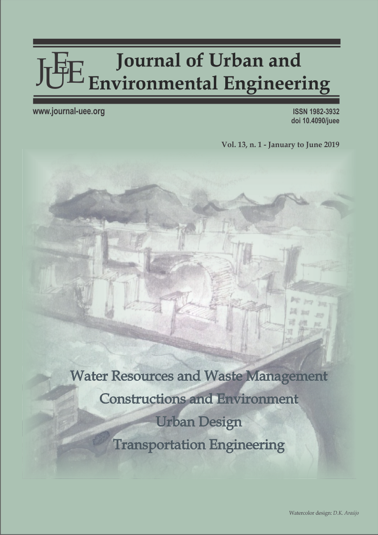TIME OF CONCENTRATION IN AN EXPERIMENTAL BASIN: METHODS FOR ANALYSIS, BACKWATER EFFECTS AND VEGETATION REMOVAL
DOI:
https://doi.org/10.4090/juee.2019.v13n1.163-173Keywords:
time of concentration, backwater, erosionAbstract
There are several empirical and theoretical formulas used for the estimation of the time of concentration (Tc). However, it has been shown that the Tc estimation may vary in several orders of magnitude depending on the method. In this study we compare 10 different methods for the estimation of the Tc using sub-basins and backwater effects to analyze those results. We also analyzed if the vegetation removal changes the Tc in the basin. The study area is the basin of the Federal University of Santa Catarina (UFSC) campus in Joinville with a significant part in a wetland and there is backwater effect caused by the Piraí river. Applying the empirical and theoretical equations found a significant variation of Tc estimates, the standard deviation in relation to the general average was around 65%. The influence of vegetation removal and drainage of a canal had an effect of reducing the Tc by 50%.Downloads
Download data is not yet available.
Downloads
Published
2019-10-05
Issue
Section
Articles




